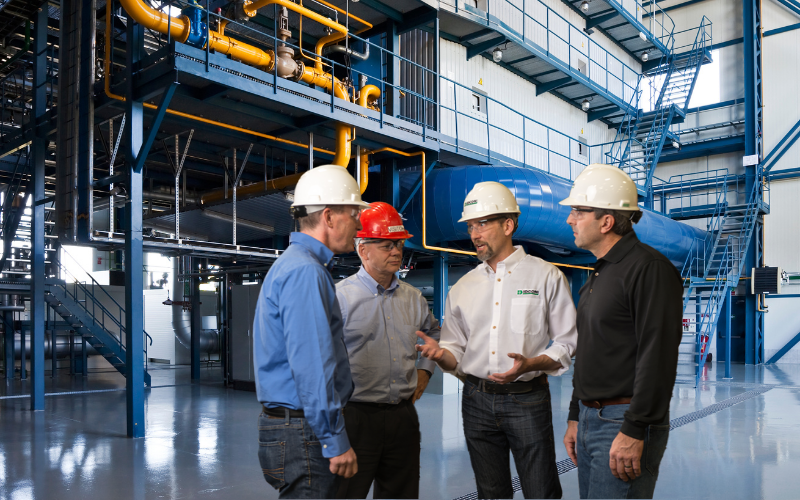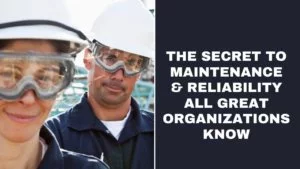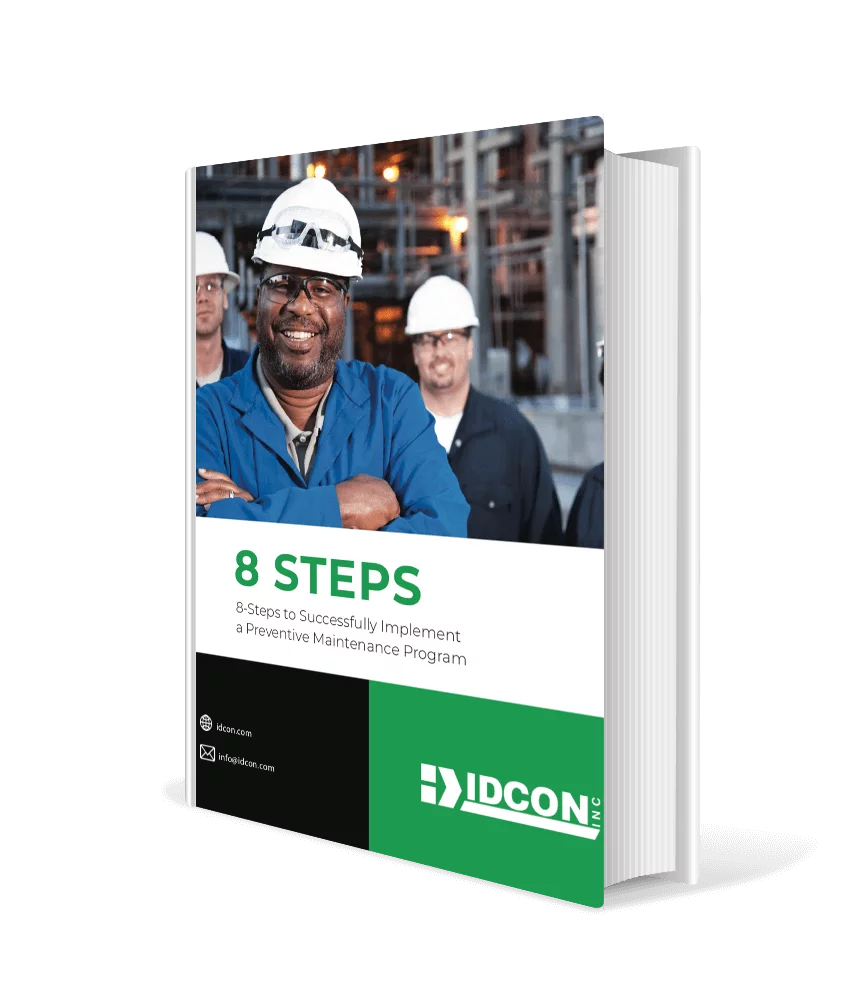What is the know-do gap
The Key to success is to bridge the know-do gap. What does that mean, well in my 60 years of working with organizations around the world, I’ve seen them fail to do the most important step in making real change – getting from knowing what to do and actually doing it. I’m going to give you some KNOW-DO gap examples and how you can close the gaps.
I’m seen some amazing presentations and reports that document an implementation plan for improving reliability and maintenance processes. Over 85% of their time was spent on developing the plan. But only about 10% of effort to tell the frontline and the people who will need to execute the plan. And even worse, they only spend 5 to 10% of their time coaching people HOW to do actually execute the plan.
The most successful organizations flip this an spend a majority of time coaching their team to implement the plan.
Know-do gap examples

To close the KNOW-DO Gap you need to employ more than traditional training classes. You need to coach the implementation plan. Here’s are some KNOW-DO gap examples for coaching at your plant. If your team doesn’t have time to coach or maybe doesn’t know how, you should contact us here at IDCON. 95% of our work with organizations is to coach teams.
For example, if you had an objective maintenance assessment, you may have learned that a gap in your process is how meetings are conducted at your plant.
You may need to show your team how to actually run a scheduling meeting. This can start with showing individuals what they need to do to prepare for the meeting to running the meeting a few times for them. Then you observe as they run the meeting and most important is to offer feedback on how they can improve their performance.
Coaching isn’t just for the maintenance department, you should work closely with the operators who are requesting work. Do they know the right priority for a request, do they know what details to give? This is a huge part of ensuring that people KNOW what to do and HOW to do it. You can’t assume that just by posting a priority guideline on the wall that people are going to know how to apply the right priority.
World Class Maintenance Organizations
IDCON has assessed many reliability and maintenance teams and two of our stand out performers could not have come from more different backgrounds but what made them World Class Reliability and Maintenance Management organizations was the whole organizations’ commitment to the process. The 1st company to score a 75+ score was Fonterra in New Zealand. They are a Co-Op dairy company with 4 million cows and processing plants. It took 3 to 4 years of consistently performing the essential maintenance processes to eventually get the World Class designation. Their cost went down 25% over the time
Our second top performer is PetStar in Mexico. PetStar is the largest PET recycling company in the world. They had a vision and mission statement for their organization to be a World Class Reliability and Maintenance Organization. The 1st time we assessed their plant they scored above average, but they didn’t want better than average…they wanted to be World Class, so they took their implementation plan and coached their team members and reinforced this with lots of visual reminders including a 8 ft wall





